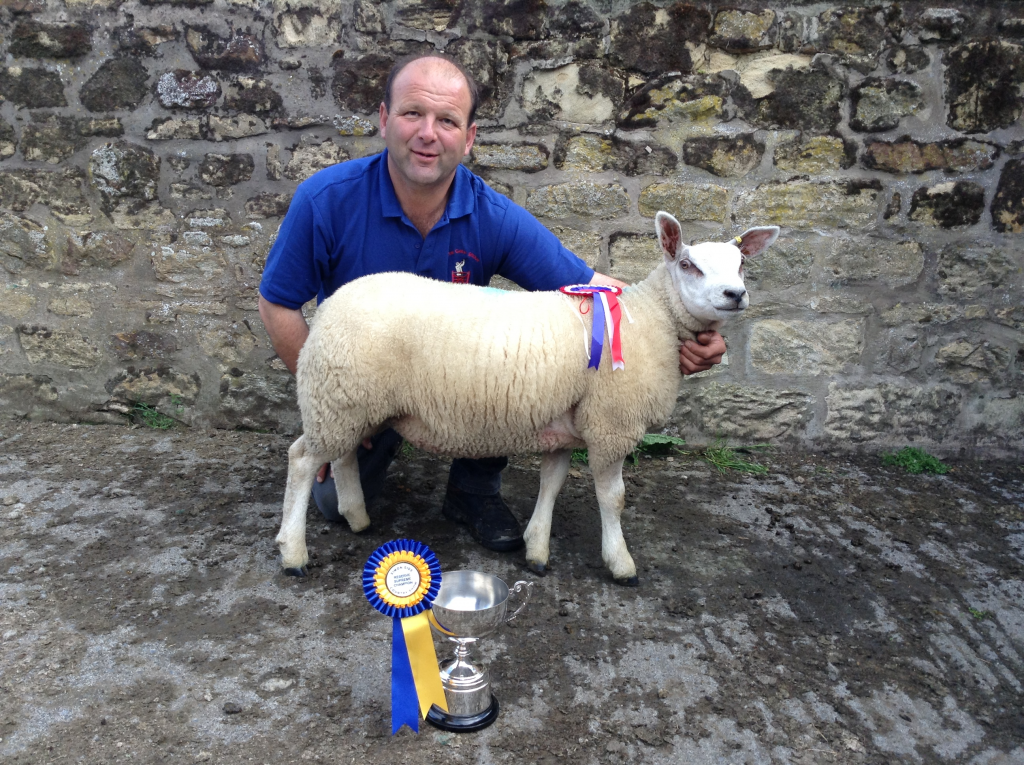
Traditionally, the male sheep (tups) at High Barns are put out on the 15th November. As the farm is quite high, running to 650 feet and east facing, we are always thinking about what the weather will be like when the ewes produce their lambs around the 10th April. If only the weather could be as good as the photo shoot days!
After the tups are brought home, normally on Boxing Day or certainly before New Year’s Eve, we keep a close eye on the weather and, if it is needed, we will introduce hay and some concentrates depending on the conditions, i.e. if we have snow.
As it approaches Valentine’s Day all the pregnant ewes are gathered for worming and to be ultra-sound scanned into singles, twins and triplets. The triplets are housed and given concentrates appropriate for their condition along with TLC! It is quite normal for sheep to have three lambs and in the past we have had quads which all survived.
In late February all the ewes have concentrates introduced into their diet as there is no nutrition left in the grass and the lambs inside the ewes start to grow rapidly and draw heavily on the ewes energy reserves. The concentrates are gradually increased towards lambing time so that at lambing you get, hopefully, healthy lambs and a healthy mother with lots of milk, which saves the shepherd/shepherdess a lot of work and heartache.
The best start in life for a young lamb is to be warm, full of milk and have a good protective mother to look after it. The natural way is to lamb outside on the pasture, reducing the risk of disease and infections but, if it is wet, we have to house them as 40% of lamb mortality is due to hypothermia in the first two weeks of life.
The lambs grow at a rapid rate in the summer, the singles obviously grow a lot quicker than the twins. These lambs will be ready first, which at High Barns is around the middle of August. About half the lambs are produced off the grass fields and as November approaches, when there is no nutrition left in the grass, concentrates are introduced. These are guaranteed GM free and are of a high standard from a local merchant.
The profit and loss of a sheep flock can be wiped out, as margins are so tight now, with two or three wet days at lambing time, so organisation and preparation and good luck with the weather are essential.
